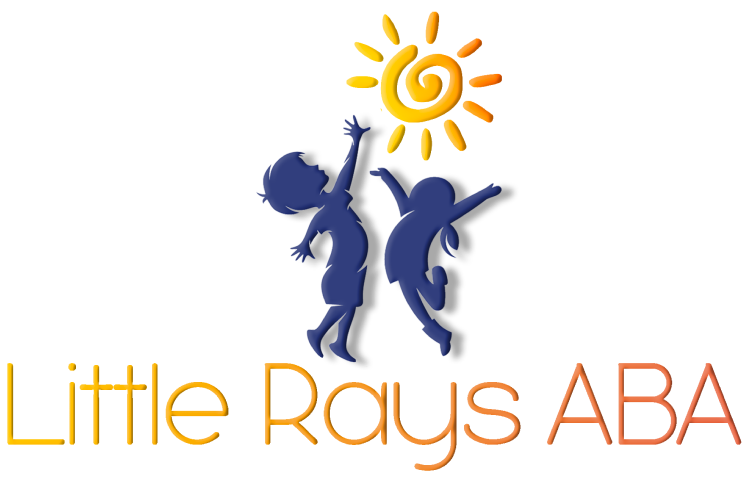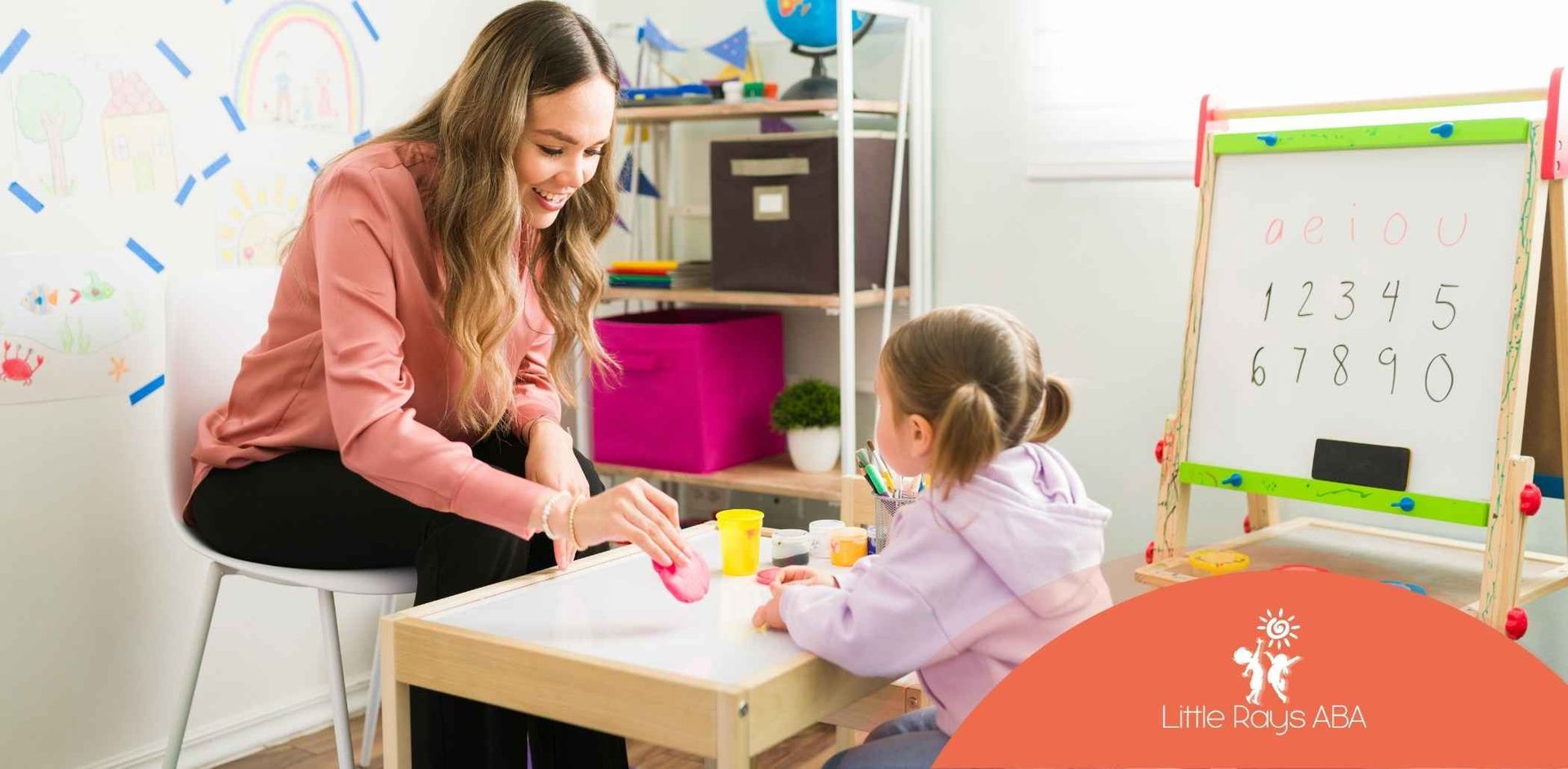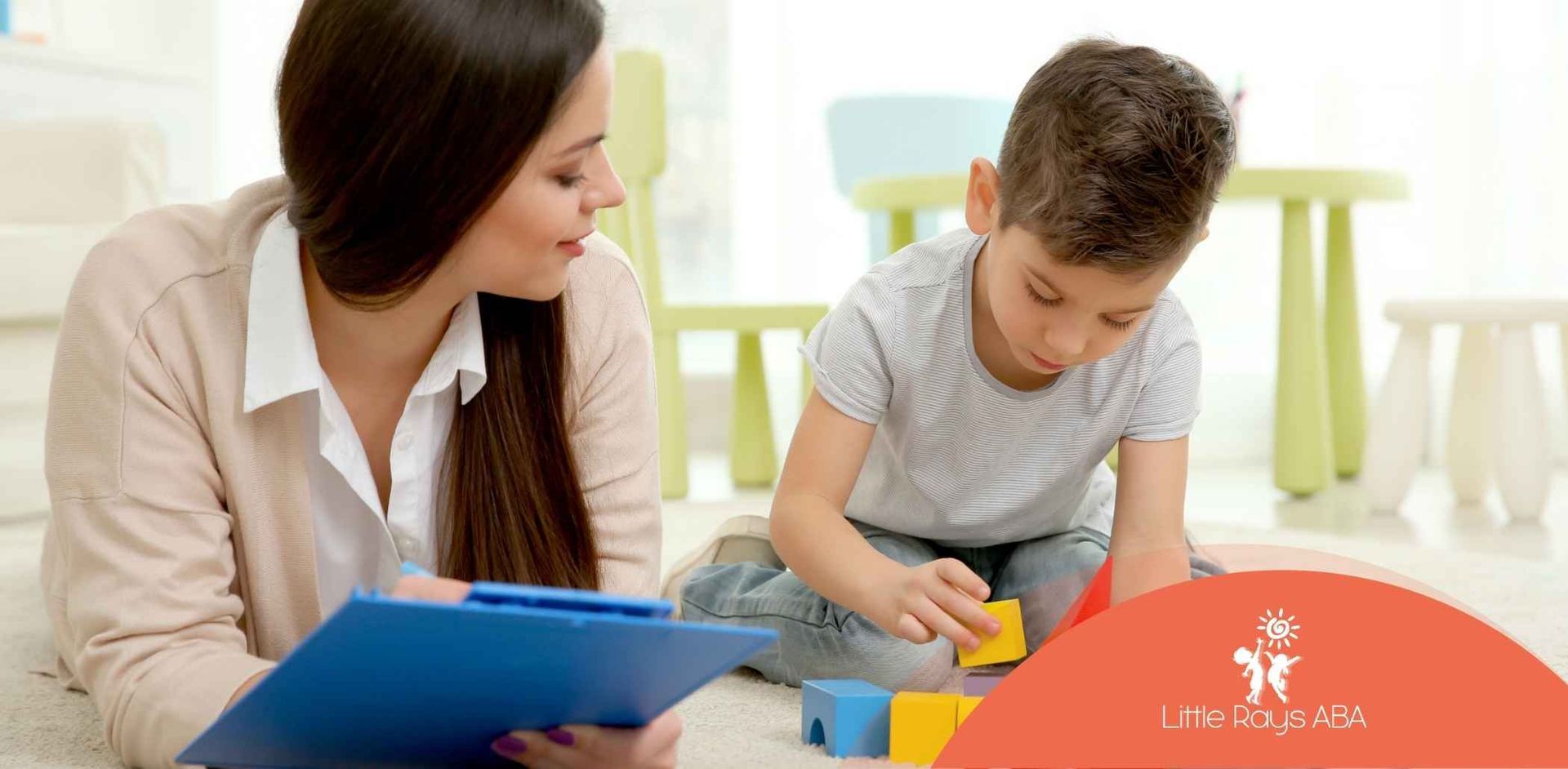
How to Discipline a Child with Autism: Expert Tips
Navigating the world of parenting a child on the autism spectrum comes with its own unique set of considerations, and discipline is no exception. It's important to remember that what works for a neurotypical child may not be effective for a child with autism spectrum disorder (ASD). This exploration focuses on fostering positive behavior change through understanding, empathy, and a tailored discipline plan designed to meet the specific needs of your child.
Understanding Autism and Discipline
Raising a child with autism often requires a shift in perspective when it comes to discipline. Traditional methods, such as time-outs or verbal reprimands, may not yield the desired results and can sometimes exacerbate challenging behaviors. This is where understanding the core tenets of autism becomes paramount.
Children on the autism spectrum often have difficulty processing sensory information, understanding social cues, and communicating their needs effectively. As a result, behaviors perceived as "misbehavior" may actually stem from sensory overload, anxiety, or frustration arising from an inability to express themselves clearly.
The Importance of Tailored Discipline Strategies
Given the diverse ways in which autism manifests, tailored discipline strategies are not just beneficial – they are essential. A one-size-fits-all approach often misses the mark, failing to address the root causes of a child's actions. Instead, parents need to adopt a more individualized approach, factoring in their child's specific strengths, challenges, and sensory sensitivities.
Positive reinforcement is a cornerstone of effective discipline for children with autism. By focusing on rewarding desired behaviors, parents can create a positive learning environment that encourages cooperation and reduces the need for punitive measures.
This may involve identifying your child's "currency" – be it a favorite toy, sticker, or a few extra minutes of screen time – and using it strategically to motivate positive changes. Consistency is key, as children on the autism spectrum thrive in predictable environments where expectations are clearly defined.
Common Challenges in Disciplining a Child with Autism
One of the most prevalent challenges in disciplining children with autism lies in their often-impaired communication skills. A child struggling to articulate their needs may resort to tantrums or meltdowns, not out of defiance, but simply because they lack the tools to express themselves effectively.
Another hurdle stems from the heightened sensory sensitivities experienced by many individuals on the autism spectrum. Sensory overload, triggered by factors like bright lights, loud noises, or certain textures, can lead to emotional dysregulation and challenging behaviors that may be misconstrued as deliberate misbehavior.
Traditional discipline techniques, often reliant on verbal reasoning and complex social nuances, may not resonate with a child on the autism spectrum. This disconnect further underscores the need for alternative approaches that account for their unique processing styles.
Preparing to Discipline Your Child with Autism
Disciplining a child with autism requires a shift from reacting to their behavior, to proactively creating an environment that fosters understanding and sets them up for success. This begins by arming yourself with the tools and strategies tailored to their specific needs.
Effective discipline is a journey, not a destination. Approaching this journey with patience, empathy, and a willingness to adapt as your child grows and evolves will pave the way for a more harmonious and supportive parent-child relationship.
Essential Resources Every Parent Should Have
Navigating the world of autism can feel overwhelming at times. Fortunately, a wealth of essential resources are available to guide parents on their journey. Building a support network is crucial, and this often involves connecting with other parents of children with autism who can share their experiences and insights.
Seeking professional help from therapists specializing in ASD can be invaluable. An autism response team, consisting of professionals such as behavior analysts, speech therapists, and occupational therapists, can provide individualized strategies and support tailored to your child's specific needs.
Remember, reaching out for help is not a sign of weakness, but rather a testament to your dedication to your child's well-being. Leveraging the expertise of professionals and the support of fellow parents can make the journey of raising a child with autism more manageable and fulfilling.
Setting Realistic Goals and Expectations
When setting goals for your child's behavior, it's important to adopt a lens of realism and understanding. Progress takes time, and celebrating small victories along the way is crucial. Instead of aiming for monumental overnight transformations, focus on gradual improvements.
Applied Behavior Analysis (ABA), a therapy rooted in behavior analysis, offers valuable tools for setting attainable goals. By breaking down complex skills into smaller, more manageable steps, ABA empowers children to experience a sense of achievement as they master each milestone.
Remember, your child's journey is unique. Comparing their progress to others can lead to unnecessary pressure and frustration. By focusing on their individual growth and celebrating their hard-earned achievements, you’ll create a more positive and encouraging learning environment.
A Step-by-Step Guide to Disciplining Your Autistic Child
Discipline, at its core, is about guiding your child towards making positive choices. When working with a child on the autism spectrum, this guidance requires clear communication, consistency, and a deep understanding of their unique needs and triggers.
Let's break down the process of disciplining your autistic child into manageable steps that center on fostering positive behavior while ensuring their emotional well-being.
Step 1: Establish Clear and Consistent Rules
The first step in establishing effective discipline is creating a structured environment with clear and consistent rules. Children on the autism spectrum often thrive in predictable settings where expectations are clearly defined. Start by identifying a few key household rules that are essential for a harmonious family dynamic.
Communicate these rules using simple, concrete language that your child can easily understand. Visual aids, such as picture cards or social stories, can be incredibly helpful in conveying expectations, especially for children who struggle with verbal communication.
Consistency is crucial. Enforce these rules consistently, providing gentle reminders and redirection when needed. Remember, predictability fosters a sense of security and control for children with autism, making them more likely to cooperate and thrive.
Step 2: Use Positive Reinforcement Techniques
Positive reinforcement lies at the heart of effective discipline for children with autism. It involves focusing on rewarding desired behaviors to encourage their repetition rather than resorting to punishment to curb unwanted actions. When your child exhibits good behavior – be it following instructions, using kind words, or sharing a toy – acknowledge and praise their efforts.
Make praise specific and genuine, highlighting the particular action you are reinforcing. For example, instead of a general "Good job," say, "I love how you shared your toys with your sister.”
Tangible rewards, such as a favorite toy, a sticker chart, or even a small treat, can also be effective motivators. The key is to find what works for your child and use it consistently to create a positive association with desired behaviors.
Step 3: Implement Time-Outs Effectively
While traditional time-outs may backfire with some autistic children, a modified approach can be incorporated into an effective discipline strategy. The goal is not to punish but to provide a safe space for your child to de-escalate and regain control when experiencing heightened emotions.
Instead of a designated "time-out corner," create a "calm-down space" stocked with sensory items your child finds soothing. This could include soft blankets, weighted objects, noise-canceling headphones, or fidget toys. When your child exhibits unwanted behavior, calmly guide them to this designated space.
Allow them to remain there until they feel ready to re-engage. The focus is on providing a controlled environment for sensory regulation and emotional processing, not on isolation or punishment.
Step 4: Teach Self-Regulation and Coping Strategies
Equipping your autistic child with self-regulation and coping strategies empowers them to navigate challenging situations with greater independence and resilience. Begin by identifying the triggers that typically precede their meltdowns or challenging behaviors.
Once triggers are identified, introduce coping mechanisms tailored to their interests and abilities. Deep breathing exercises, visualized with bubbles or pinwheels, can be calming. Sensory activities, such as squeezing playdough or jumping on a trampoline, can provide an outlet for releasing pent-up energy.
Collaborating with your child's therapist to develop a personalized behavior plan can be invaluable. This plan outlines specific strategies for managing challenging behaviors while reinforcing positive alternatives. Consistent implementation and ongoing communication with therapists and educators will ensure a unified approach.
Conclusion
In conclusion, disciplining a child with autism requires patience, understanding, and tailored strategies. By setting realistic goals, using positive reinforcement, and teaching coping mechanisms, you can create a supportive environment for your child's growth. Remember, consistency is key. Equip yourself with essential resources and seek guidance when needed to navigate the challenges effectively. Every small step forward is a significant achievement in enhancing your child's development. For more personalized advice and expert tips on disciplining a child with autism, don't hesitate to reach out for a consultation.
At Little Rays ABA, we understand that traditional discipline methods may not be effective for children with autism. Our approach focuses on positive reinforcement and understanding the underlying causes of challenging behaviors. Our experienced therapists work closely with families to develop individualized strategies that promote positive behavior change while respecting the unique needs of each child. We prioritize teaching functional communication skills and providing alternative coping mechanisms, fostering a supportive environment where children can thrive. Little Rays ABA empowers parents with expert tips and compassionate guidance, ensuring that discipline is approached with empathy and understanding, ultimately building stronger, more positive relationships within the family.
Frequently Asked Questions
How do I handle public tantrums?
Public tantrums can be challenging, but remember that your child is not intentionally misbehaving. Reframe these situations as opportunities for learning and growth, both for yourself and your child. Reduce sensory input by moving to a quieter area, offer a preferred calming item, and try to identify and address any potential misunderstandings.
What should I do if my child doesn't respond to discipline?
If traditional methods aren't yielding results, don't despair. It's not an inability on your part or your child's – it simply signifies that you need to adjust your approach. Children with autism often require extra time and tailored strategies to learn and adapt. Consulting with a therapist specializing in autism can provide invaluable guidance.
Can discipline improve social skills in autistic children?
Absolutely! Discipline, when implemented through a positive and supportive lens, can significantly improve social skills in autistic children. By teaching appropriate behavior, helping them understand social cues, and strengthening communication skills, you are empowering them to navigate social situations with greater confidence and ease.
Source:
https://www.psychologytoday.com/us/basics/autism/parenting-a-child-with-autism
https://www.allstaraba.org/blog/how-to-discipline-a-child-with-autism
https://www.autismspeaks.org/blog/five-tips-helped-improve-my-childs-behavior
https://biglifejournal.com/blogs/blog/goal-setting-for-kids?srsltid=AfmBOopFZKaVHC-eYyy5CrNQYnt4dlFzfqq7oQstRQm903a3x6MuhHYG
Related Posts





